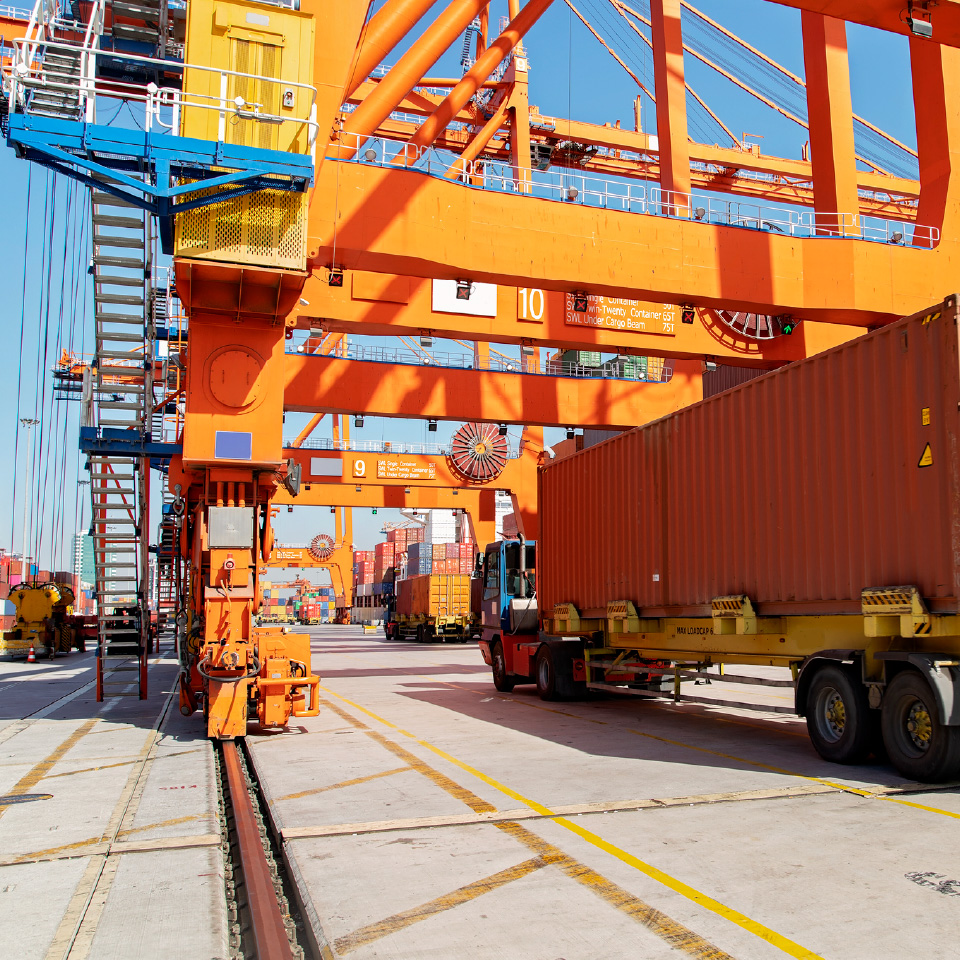Empowering Ports with Energy Resilience
Smooth Operations for Sustainable Ports
Smooth Operations for Sustainable Ports
Smooth Operations for Sustainable Ports
Minimizing emissions, maximizing impact
A microgrid can enable a port to operate independently during a power outage, ensuring smooth operations and preventing financial losses while maintaining net zero goals. Energy storage systems allow ports to take advantage of time-of-use pricing, where electricity rates vary based on the time of day. By charging the storage systems when electricity prices are low and discharging during high-price periods, ports can optimize their energy consumption and minimize expenses. This flexibility enables energy usage to shift to when renewable energy generation is high, further reducing carbon emissions.


Grid Stabilization and Resiliency
Energy storage systems can enhance the stability and resiliency of a port's electrical grid. They can provide rapid response capabilities to balance fluctuations in energy supply and demand, ensuring a consistent and reliable power supply. This stability reduces the likelihood of grid failures and associated downtime, leading to increased operational efficiency and reduced costs.


Avoid costly demand charges
Ports often experience high energy demand during peak operational hours. By storing excess energy during low-demand periods and discharging it during peak hours, energy storage systems can reduce the need to draw electricity from the grid at high rates. This helps ports avoid costly demand charges and reduces reliance on conventional power sources, thereby lowering energy costs and carbon emissions.


Outsourced energy. Reduced risk.
An Energy as a Service finance model can help ports reduce both their energy costs and reduce their operational risk. An Energy as a Service model allows ports to outsource their energy needs so they can focus on their core operations, tenants and leaseholders.


Overcome capital constraints
Financial solutions, such as power purchase agreements (PPAs) or energy efficiency contracts can help ports overcome capital constraints and mitigate financial risks associated with energy infrastructure investments. By providing alternative financing models, Energy as a Service enables ports to access energy solutions without upfront capital expenditures.


Public and private sector funding
Various federal, state and local grants and incentives are available to support clean energy and sustainability projects in ports. Ports can also engage in public-private partnerships to access funding and expertise for clean energy projects.
High-Intensity On-demand Power
Fenix Marine Services is one of the largest container terminals at the Port of Los Angeles, the busiest container port in North America. Due to lack of voltage support from the grid, its 16 high-powered cranes were operating at just a percentage of capacity. Hitachi helped fully deploy the cranes with an energy system that provides high-intensity power for short bursts of time on-demand.
Speak to one of our energy experts now


Learn how Hitachi’s energy solutions can help ports realize greater energy resiliency, achieve smoother operations for tenants and leaseholders, and achieve net zero goals.
Contact us
* Required Field


